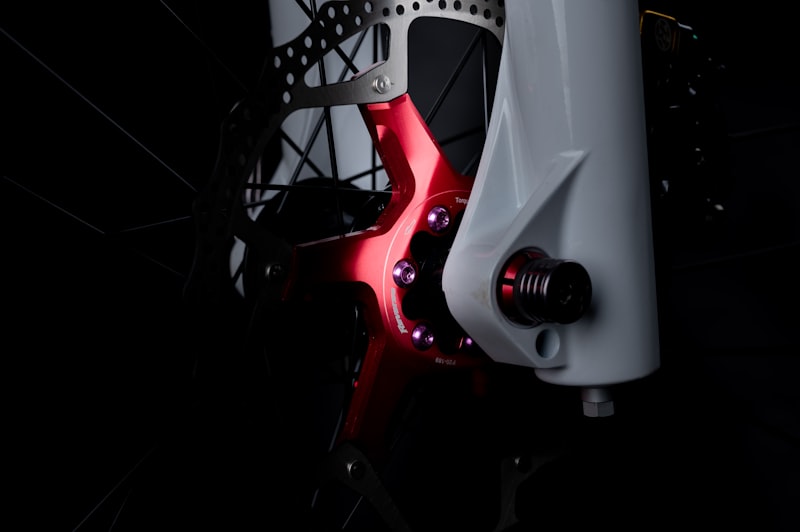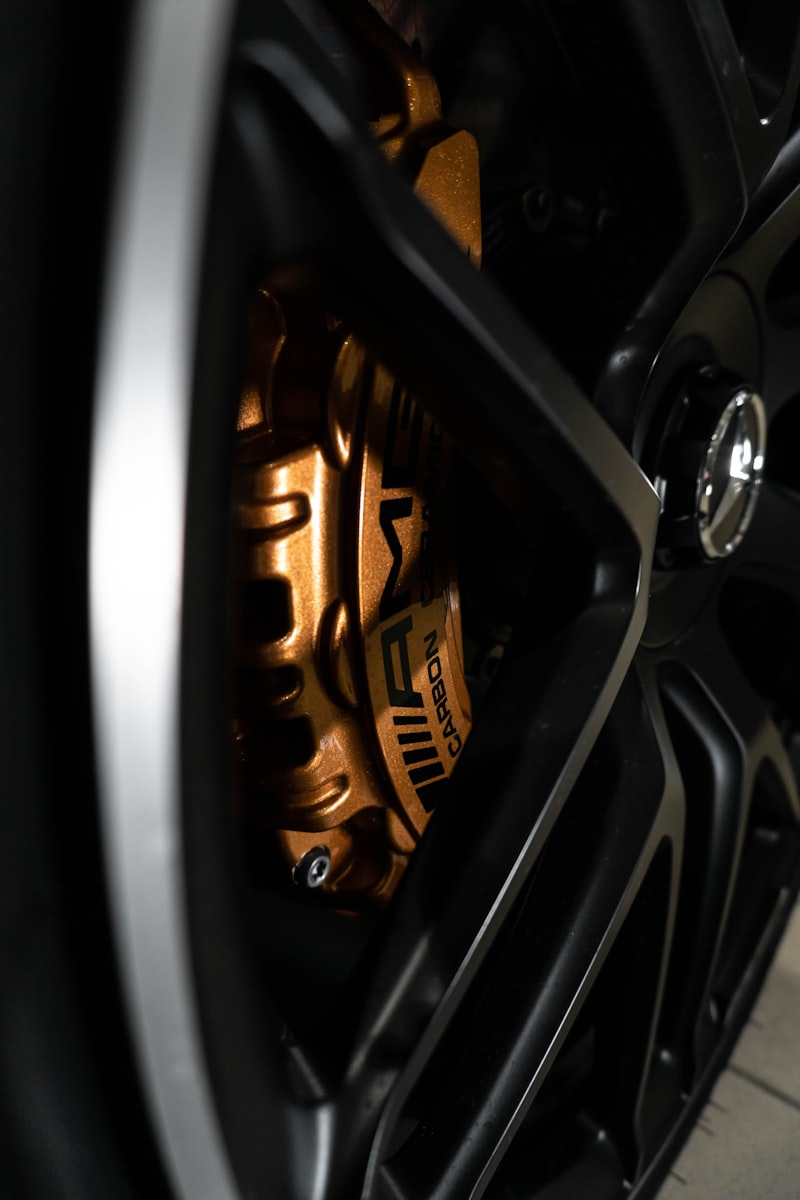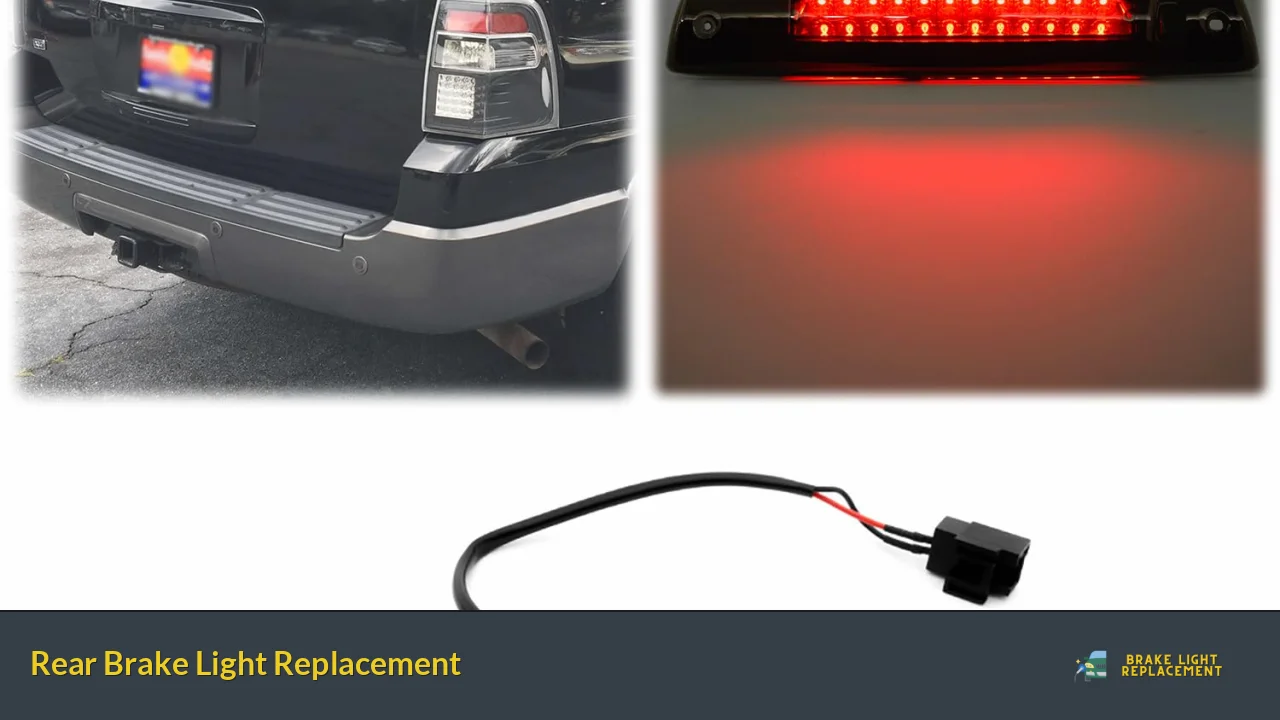
Are you tired of that annoying brake light warning on your dashboard? Don’t worry, replacing your rear brake light is easier than you might think. In this guide, we’ll walk you through the simple steps to replace your rear brake light and get rid of that pesky warning.
First things first, let’s gather what you’ll need for the task: a new bulb, a screwdriver (usually Phillips head), and a pair of gloves. Safety first!
Step 1: Locate the Brake Light Housing
To start, locate the housing of your rear brake light, which is usually accessible from inside your trunk or hatchback. You may need to remove a panel or carpeting to reach it. Once located, you’ll see the socket that holds the bulb in place.
Step 2: Remove the Old Bulb
Using gloves to protect your hands from oils and dirt, firmly grip the bulb socket and twist counterclockwise to remove it. Be careful not to apply excessive force that could break the bulb. Once the socket is removed, gently pull out the old bulb.
Step 3: Insert the New Bulb
Now it’s time to insert the new bulb into the socket. Take the replacement bulb, making sure not to touch the glass part with your bare hands (this could cause premature bulb failure). Align the pins on the base of the bulb with the slots in the socket, and push it in until it’s fully seated.
Step 4: Test the Brake Light
Before reassembling everything, check if the new bulb is working properly. Have someone press the brake pedal while you observe the brake light from the outside. If it lights up, congratulations! You’ve successfully replaced your rear brake light.
Step 5: Reassemble and Verify
Carefully reattach the socket by twisting it clockwise until it locks in place. Make sure it’s secure and won’t come loose while driving. Put back any panels or carpeting you removed earlier, ensuring a snug fit. Finally, give your brake pedal another test to verify that the replacement was successful.
Replacing your rear brake light doesn’t have to be a daunting task anymore. By following these easy steps, you can save time, money, and the hassle of visiting a mechanic. Remember, if you’re ever unsure or uncomfortable with performing this task yourself, it’s always best to consult a professional.
So go ahead and replace that rear brake light with confidence, knowing that you’ve taken care of an important safety feature in your vehicle. Stay safe on the road and enjoy your worry-free drives!
Revolutionary Rear Brake Light Technology Promises Enhanced Safety on the Roads
Are you tired of conventional brake lights that fail to capture attention and enhance safety on the roads? Well, get ready to be amazed by the revolutionary rear brake light technology that is set to change the game. With its cutting-edge design and advanced features, this innovation promises to take road safety to a whole new level.
Imagine driving down the road and suddenly encountering a sudden stop ahead. In such a critical situation, every second counts. This breakthrough rear brake light technology ensures that your vehicle’s intentions are communicated more effectively to other drivers, reducing the risk of accidents. How does it achieve this? Let’s dive into the details.
Unlike traditional brake lights that simply illuminate when you press the brakes, this advanced technology employs dynamic lighting patterns. It captures attention through a series of pulsating lights that create a visual impact impossible to ignore. By mimicking the human reflex action, these lights alert drivers behind you with greater intensity, giving them ample time to react and prevent collisions.
But that’s not all. This innovative brake light technology is also equipped with intelligent sensors that detect various driving conditions. Whether you’re decelerating, braking suddenly, or even reversing, the system adapts accordingly and adjusts the lighting pattern to ensure maximum visibility for other road users. Its responsiveness and flexibility make it a game-changer in terms of safety enhancement.

Moreover, this technology doesn’t compromise on style either. Sleek and seamless in design, it seamlessly integrates into the aesthetics of modern vehicles. Gone are the days of bulky brake lights that disrupt the sleek lines of your car. This technology blends functionality and elegance, harmonizing with the overall design while still demanding attention when it matters the most.
The revolutionary rear brake light technology is set to transform road safety. With its dynamic lighting patterns, intelligent sensors, and seamless design, it promises enhanced visibility and communication between drivers. Stay one step ahead on the road and embrace this technological marvel that puts safety first. Experience the future of brake lights with this groundbreaking innovation.
Expert Tips and Tricks: DIY Rear Brake Light Replacement Made Easy
Are you tired of spending a fortune at the mechanic for simple car repairs? Well, we have good news for you! In this article, we will provide you with expert tips and tricks to make DIY rear brake light replacement a breeze. So grab your toolbox and let’s get started!

Replacing a rear brake light might seem like a daunting task, but with the right guidance, it can be a straightforward process. The first step is to gather the necessary tools: a screwdriver, replacement bulbs, and a clean cloth. Once you have everything ready, park your vehicle on a level surface and turn off the engine.
To access the rear brake light assembly, open the trunk or liftgate of your car. Look for the panel covering the brake light from the inside and carefully remove it using a screwdriver. It’s essential to handle the screws gently to avoid any damage.
Now, take a moment to inspect the brake light socket. Locate the faulty bulb that needs replacing and grasp it firmly, giving it a slight twist counterclockwise. This should release the bulb from the socket, allowing you to remove it easily. Remember to avoid touching the new bulb with bare hands, as the oils from your skin can shorten its lifespan.
With the old bulb removed, it’s time to install the fresh one. Align the pins of the new bulb with the slots in the socket and gently push it in. Once securely in place, give it a slight twist clockwise to lock it into position. Take a moment to double-check that the bulb is fitted correctly before moving on.
Now that the new bulb is installed, it’s time to reattach the panel covering the brake light. Line up the screw holes and use your screwdriver to tighten the screws securely. Ensure that the panel is snugly in place to prevent any water or debris from entering.
Voila! You have successfully replaced your rear brake light on your own. Give yourself a pat on the back for a job well done. Remember, safety is key when working on your vehicle, so always test the new brake light before hitting the road.
DIY rear brake light replacement doesn’t have to be a daunting task. By following these expert tips and tricks, you can save time and money while ensuring your car is roadworthy. So, why wait? Get started today and become the master of your own car repairs!
Cutting-Edge LED Innovations Transform Rear Brake Lights for Maximum Visibility
When it comes to road safety, visibility plays a crucial role. That’s why the latest LED innovations have revolutionized rear brake lights, enhancing visibility like never before. These cutting-edge advancements are transforming the way we perceive and utilize brake lights, ensuring maximum safety on the roads.
Imagine a scenario where you’re driving in heavy rain or foggy conditions. The conventional brake lights may struggle to pierce through the dense atmosphere, making it difficult for other drivers to detect your intentions. However, with the advent of LED technology, rear brake lights have undergone a remarkable transformation.
LEDs, or Light Emitting Diodes, offer several advantages over traditional incandescent bulbs. Firstly, they produce a brighter and more intense light, which can be easily seen from a distance. This increased luminosity ensures that your brake lights catch the attention of drivers behind you, even in challenging weather conditions.
Furthermore, LEDs have a faster response time compared to incandescent bulbs. As soon as you apply the brakes, the LED lights illuminate instantaneously, leaving no room for ambiguity. This quick reaction time provides crucial milliseconds that allow the driver behind you to react promptly, reducing the risk of rear-end collisions.
Another remarkable feature of LED brake lights is their longevity. These innovative lights have an impressively long lifespan, outlasting traditional bulbs by a significant margin. This means fewer replacements and maintenance costs for vehicle owners, providing both convenience and cost savings in the long run.
Moreover, LED brake lights are highly energy-efficient. They consume less power compared to incandescent bulbs, minimizing the strain on your vehicle’s electrical system. This energy efficiency not only benefits the environment but also contributes to fuel savings, making LED brake lights an eco-friendly and economical choice.
New Study Reveals Surprising Impact of Faulty Rear Brake Lights on Accident Rates
Introduction:
Have you ever considered the significance of those tiny brake lights at the rear of your vehicle? A recent study has shed light on a surprising connection between faulty rear brake lights and accident rates. The findings are truly eye-opening, revealing just how crucial it is to maintain these seemingly insignificant components. Let’s delve into the details and uncover the hidden impact of malfunctioning brake lights.
The Hidden Danger Lurking Behind Faulty Brake Lights:
When you hit the brakes, your car’s rear lights serve as a crucial signal to alert other drivers of your intention to slow down or stop. However, when these lights fail to function properly, they become a hidden danger on the road. The new study, conducted by a team of automotive experts, examined thousands of traffic incidents and discovered a startling correlation between accidents and faulty rear brake lights.
Increased Accident Rates:
The research findings revealed a significant increase in accident rates among vehicles with malfunctioning brake lights. It was found that drivers were more likely to encounter rear-end collisions and incidents where they were sideswiped or clipped by other vehicles. These accidents occurred due to the impaired visibility of braking actions, leaving other drivers unaware of sudden deceleration or complete stops.
Contributing Factors:
The study highlighted several contributing factors to this alarming trend. Firstly, when brake lights don’t work correctly, it becomes challenging for drivers behind to anticipate the actions of the vehicle ahead, resulting in delayed reactions and increased chances of collision. Secondly, inadequate signaling can cause confusion and misinterpretation, leading to erratic driving behaviors and potential dangerous maneuvers.
Preventing Accidents, Ensuring Safety:
Ensuring the proper functioning of your brake lights is essential for both your safety and the safety of others on the road. Regularly inspecting and maintaining these lights is a simple yet effective preventive measure. Take the time to check your brake lights periodically, including the bulbs and wiring. If you notice any issues, promptly replace or repair them to minimize the risk of accidents.
Conclusion:
The findings of this new study have unveiled a surprising impact that faulty rear brake lights can have on accident rates. By understanding the hidden dangers associated with malfunctioning brake lights, we can take active steps towards improving road safety. Let’s prioritize the maintenance of our vehicles and contribute to creating a safer driving environment for everyone.
